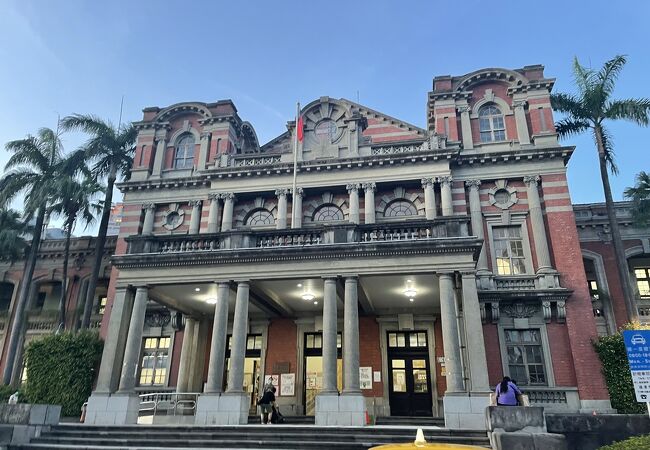Henry, Hung-Ying Lin
National Taiwan University
With the advancement of surgical techniques, combined with the advancement of preoperative imaging diagnostic tools and various surgical simulation software, Computer Aided Surgery Simulation (CASS) enables physicians to analyze jaw bone deformity more accurately and plan all the surgical procedures in detail. Meanwhile, we could predict the surgical difficulty, and then transfer the virtual planning to actual operation by using 3D-printed static surgical guides, or dynamic navigation systems. Nowadays, performing precision surgery is the primary goal of every surgeon. In recent years, the oral and maxillofacial surgical team in our hospital has comprehensively used CASS technology in all kinds of surgery, such as orthognathic surgery, congenital deformity of the jaw, reconstruction of jaw fractures, reconstruction of mandibular defects, and also, temporomandibular joint surgery. It not only brings great improvement in the quality and safety of related surgeries but also provides better clinical satisfaction for our patients. At the same time, it significantly helps to expand the global vision of specialist residency training. Thus, the motivation to understand every surgical detail of our residents and trainees was enhanced.
I am honored to have this opportunity to make this presentation and share our experiences over the past years. It is my pleasure to have further interaction with all respectful participants in person after COVID-19 Pandemic.


